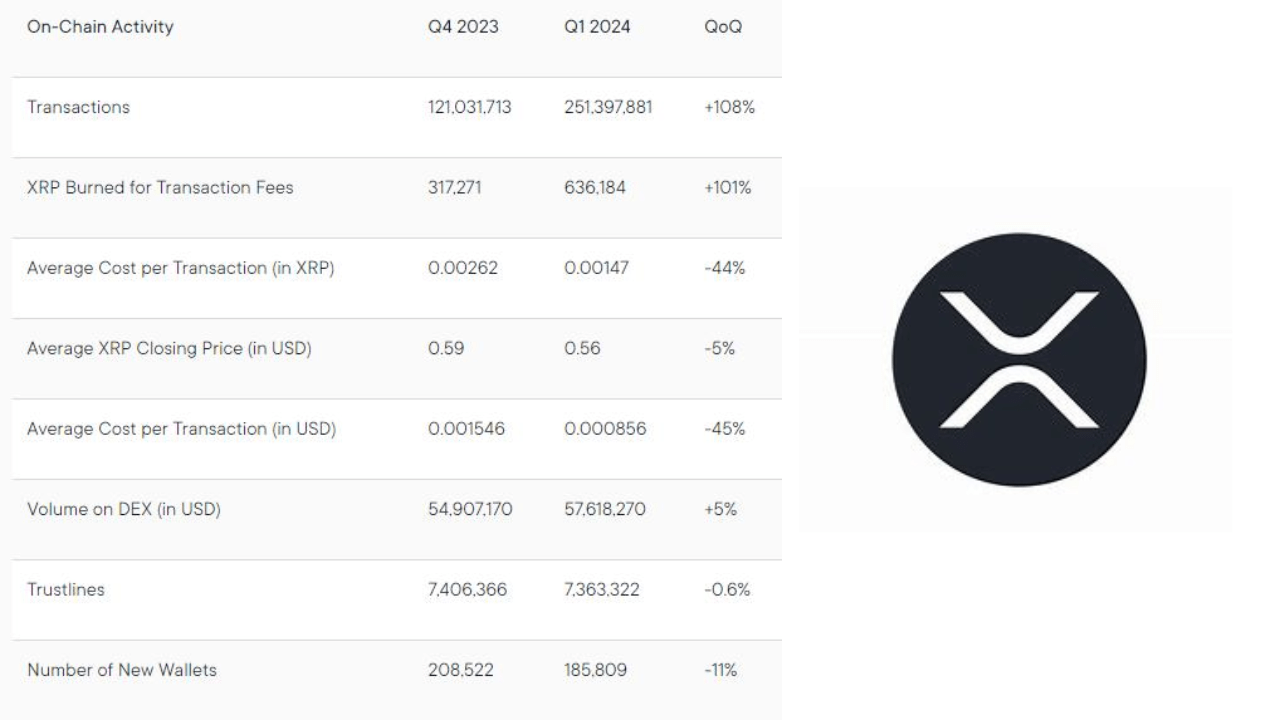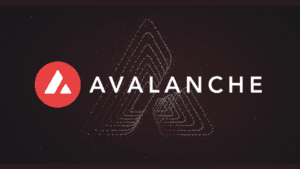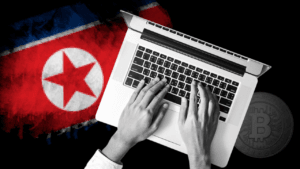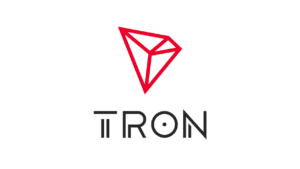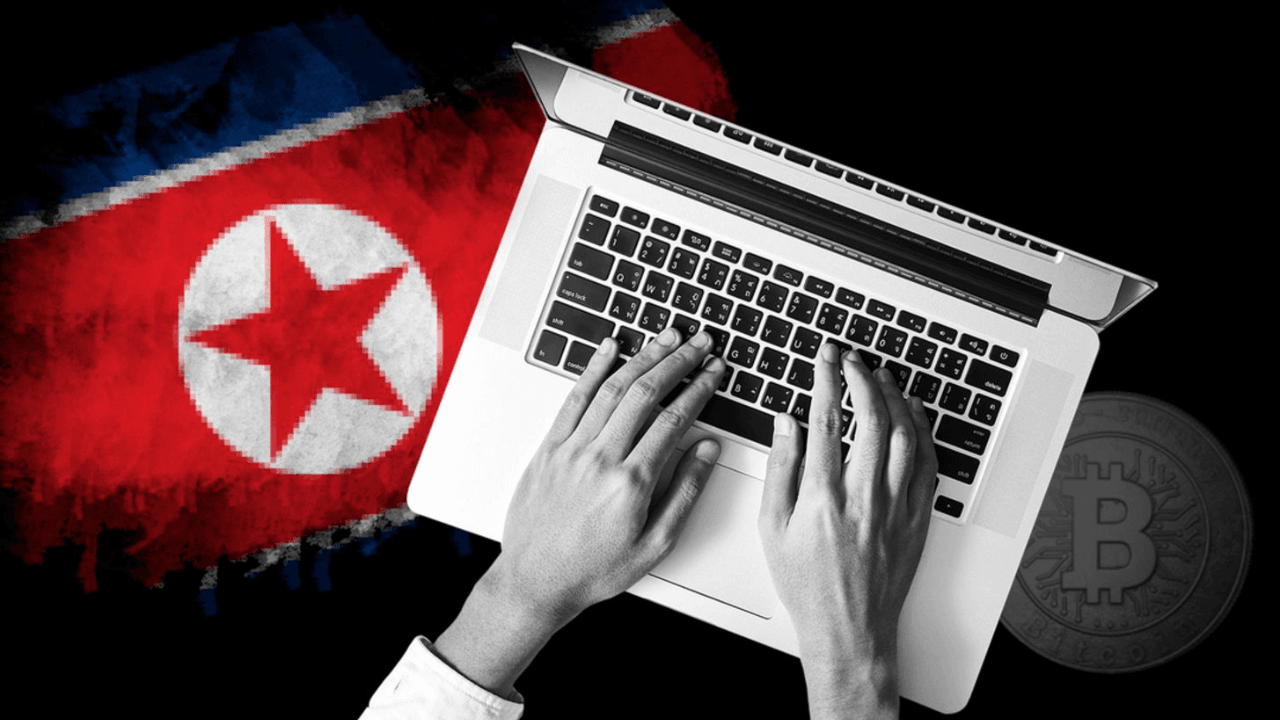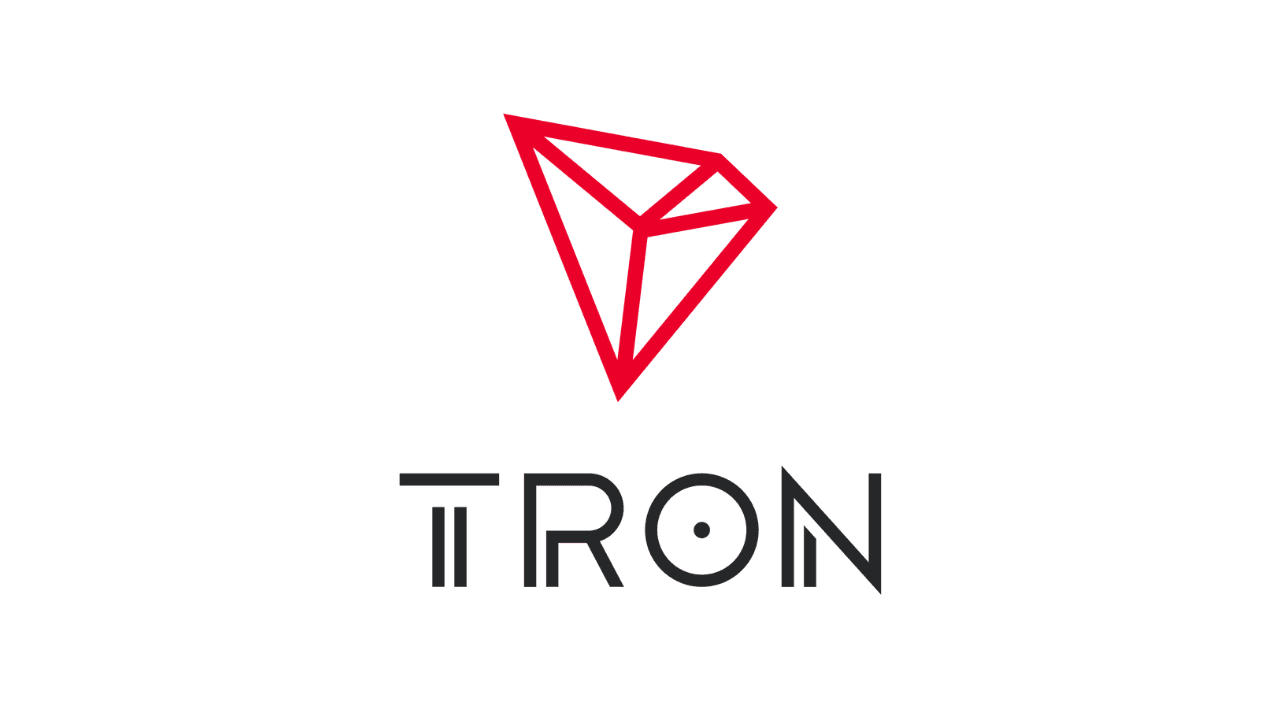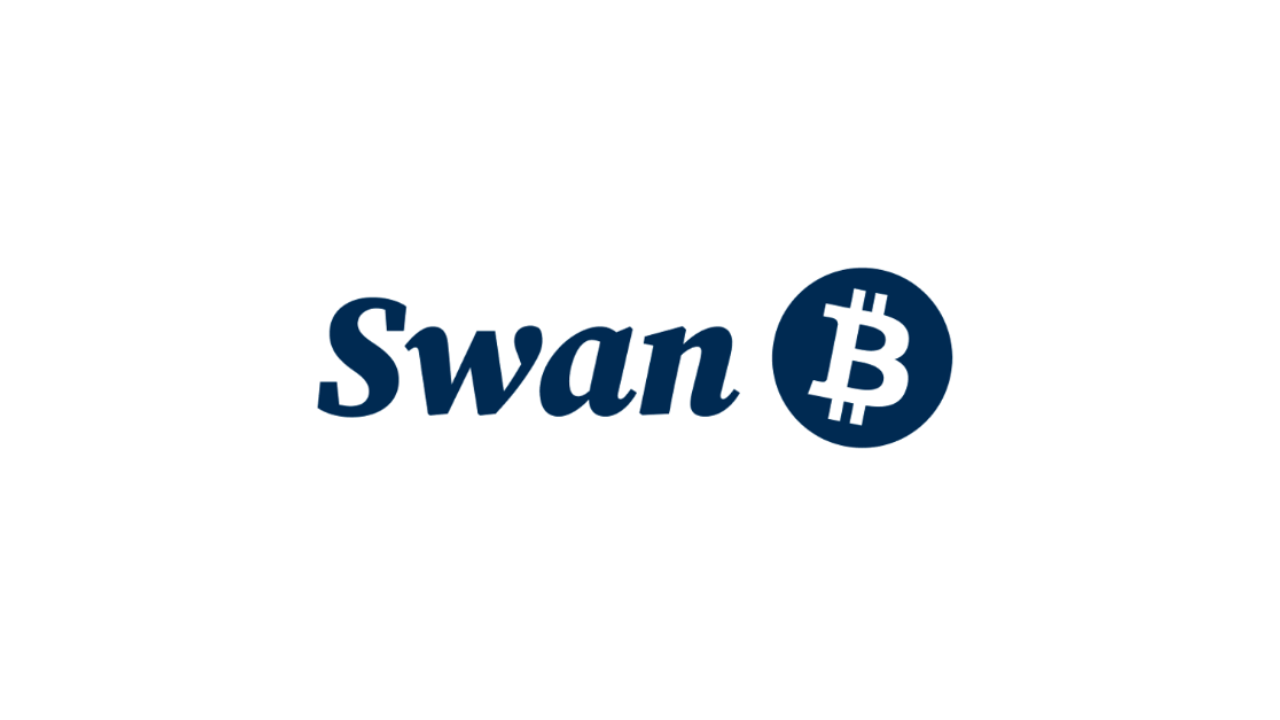Ripple has unveiled its Q1 report for this year, shedding light on the impressive network activity for its XRP token and the XRP Ledger (XRPL). This growth is happening in parallel with significant advancements in Ripple’s ongoing legal tussle with the US Securities and Exchange Commission (SEC).
Table of Contents
ToggleXRP and XRPL’s Impressive Performance
In the first quarter, XRP’s daily spot trading activities saw a 40% surge, reaching around $865 million. Ripple observed that the volume of XRP across exchanges remained relatively stable, with Binance, Bybit, and Upbit accounting for over 70% of the total traded volume.
The first quarter also saw a high level of speculative interest in XRP among crypto traders, with a daily average hitting $500 million. Ripple pointed out that the high spot and open interest volume was closely correlated with general market activity, indicating robust XRP trading and activity across different venues.
Moreover, the number of transactions on XRPL in Q1 2024 doubled from the previous quarter, skyrocketing from about 121 million in Q4 2023 to over 251 million by the end of Q1 2024. Interestingly, this surge in transactions coincided with a significant drop in average transaction fees, which fell by about 45% to $0.000856 by the end of March.
Ripple clarified that the average transaction fee had peaked in December due to extensive testing of inscriptions on the XRPL. The decrease in the average cost per transaction indicated a reset and confirmed that there was no network congestion during the quarter.
Technical Upgrades and Integrations
The XRPL also underwent substantial technical upgrades in the first quarter. One of the major updates was the introduction of XLS-30, a non-custodial automated market maker (AMM), to improve on-chain liquidity and trading capabilities for DeFi developers and users.
Ripple CEO Brad Garlinghouse expressed his excitement about the native AMM, considering it one of the largest updates to the XRP Ledger that went live in Q1. Additionally, XRPL integrated with other platforms such as Axelar. This integration broadened XRPL’s capabilities, enabling developers to interact seamlessly with smart contracts and decentralized applications across more than 55 blockchains. Despite these ecosystem advancements, Ripple’s ongoing lawsuit with the SEC is still in progress.

